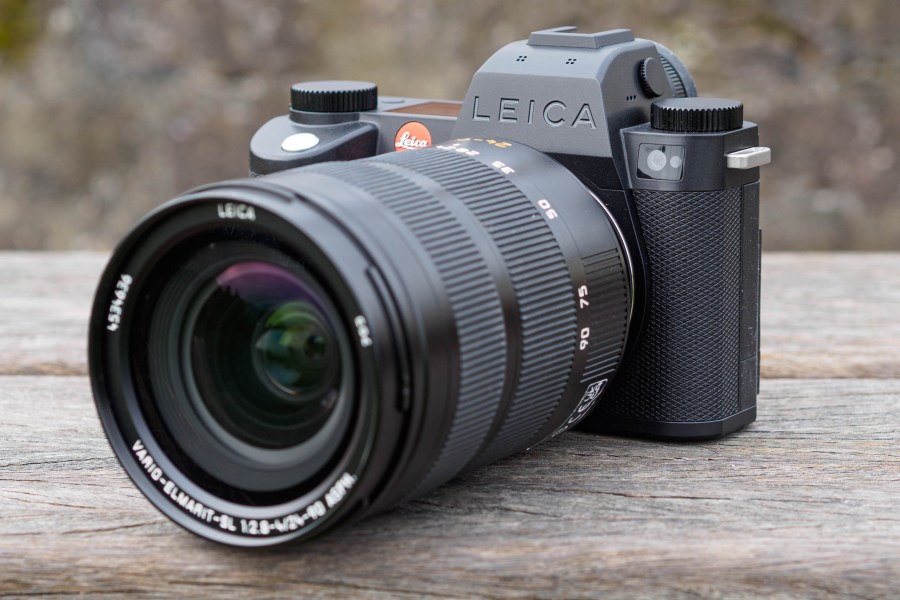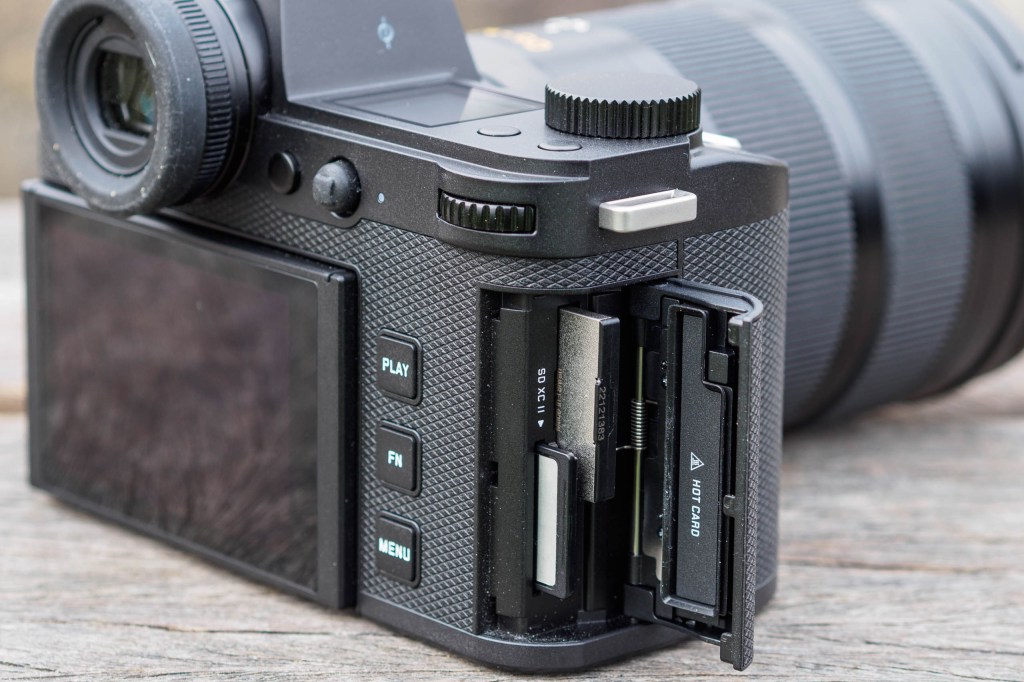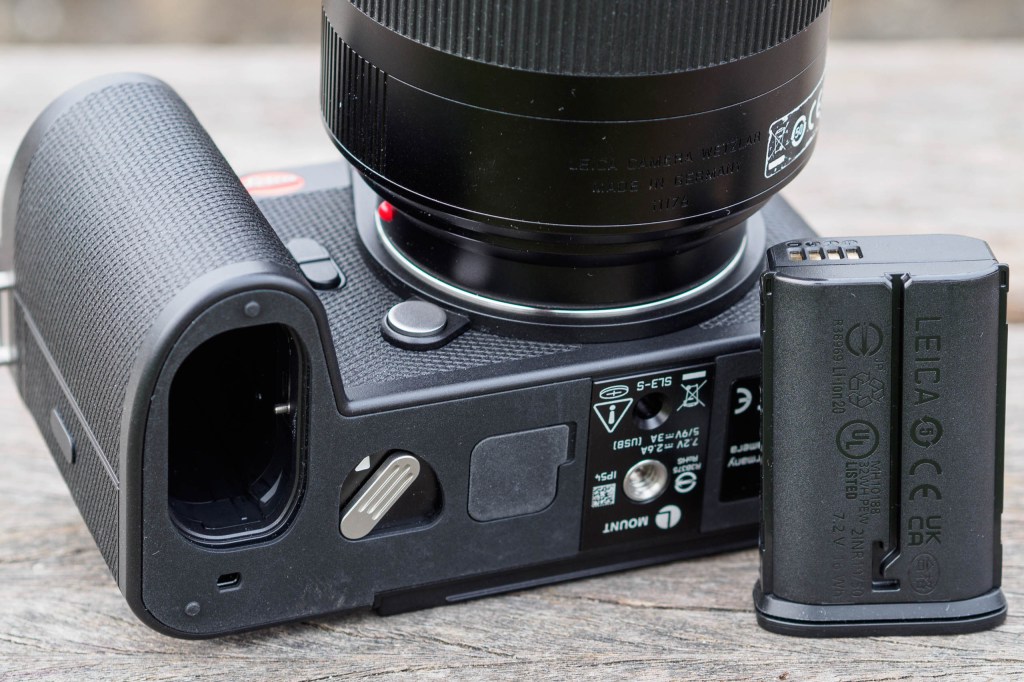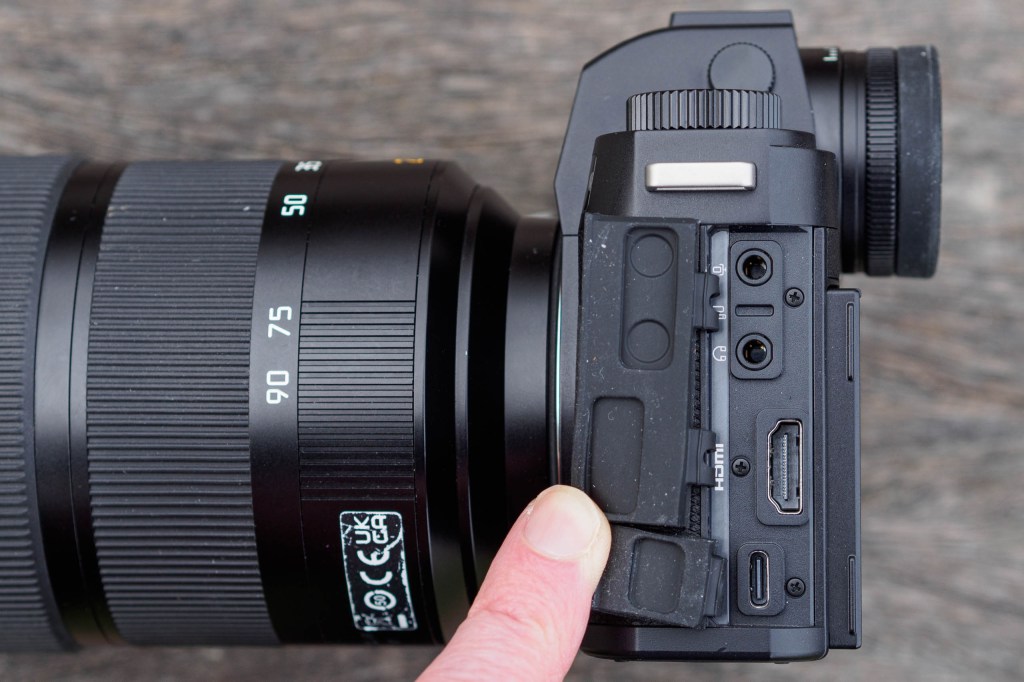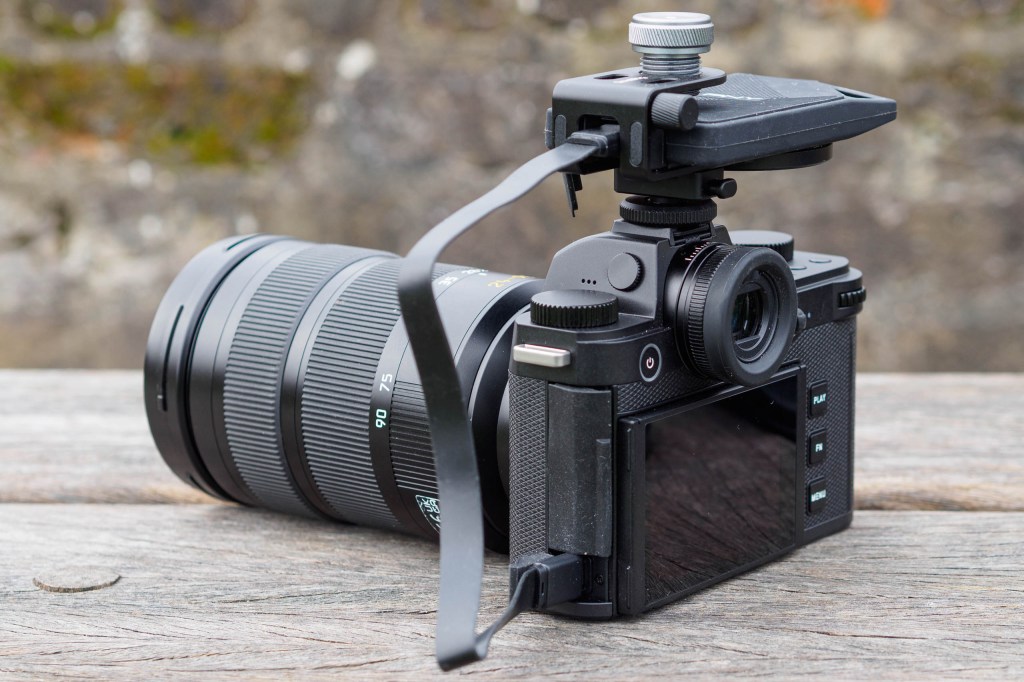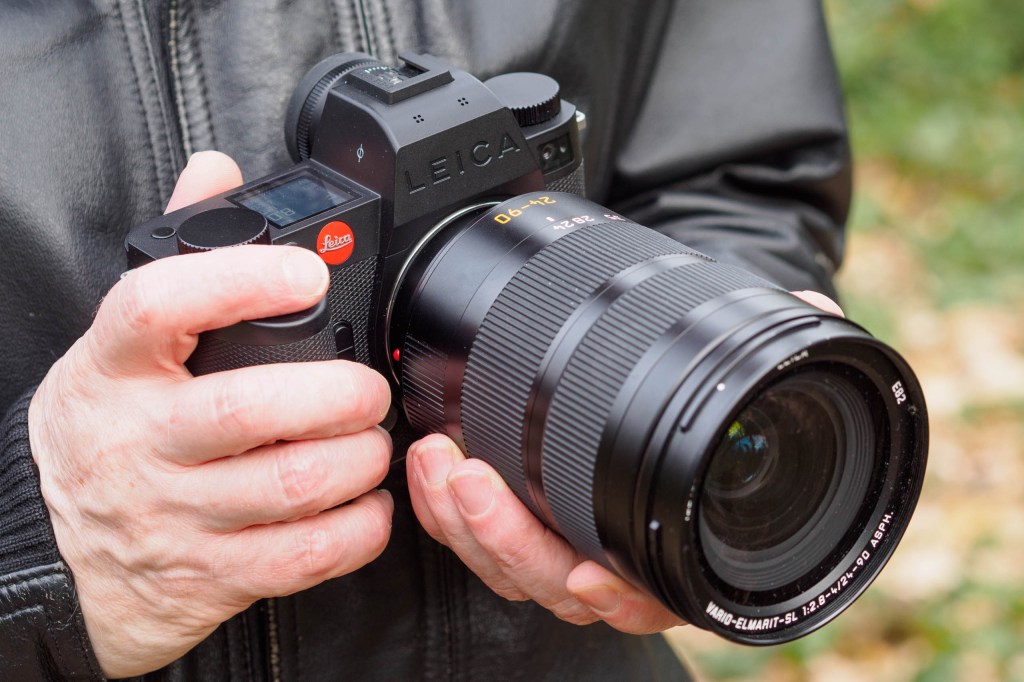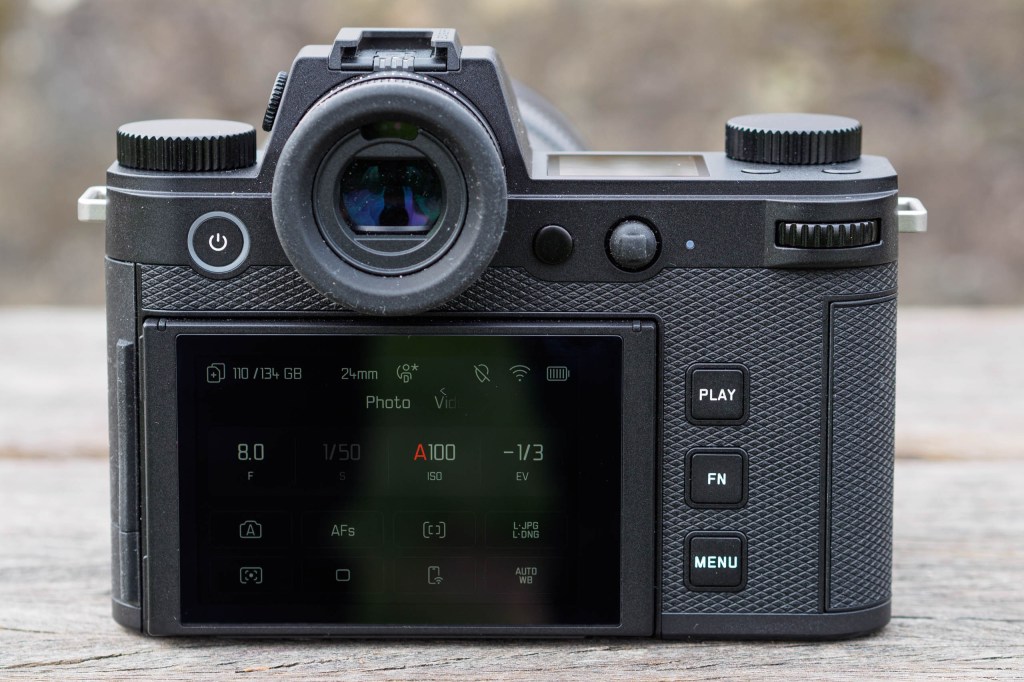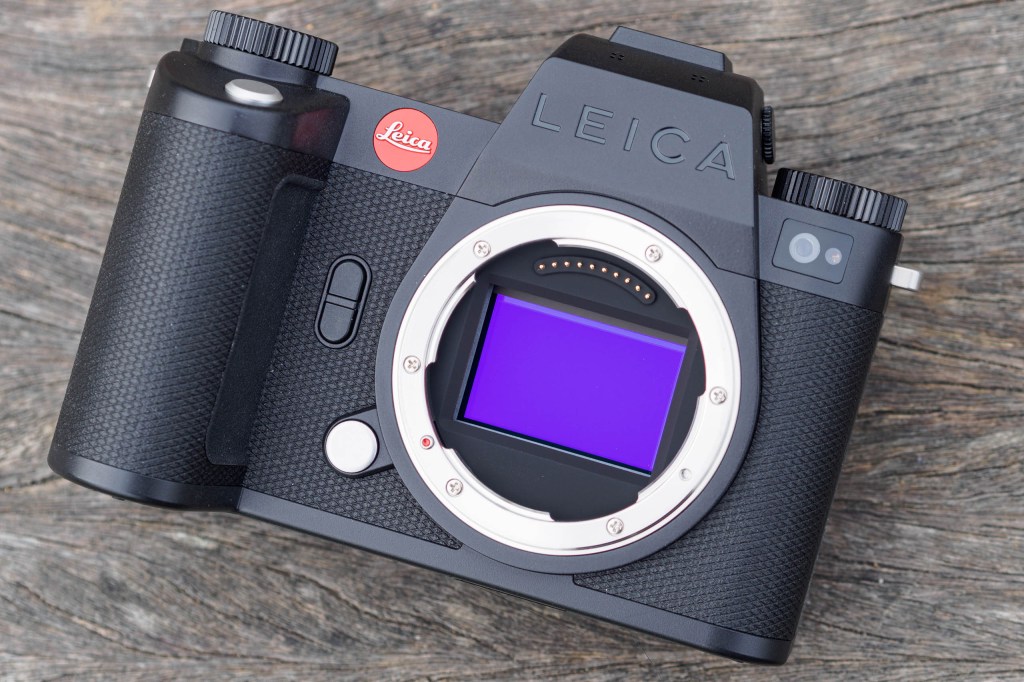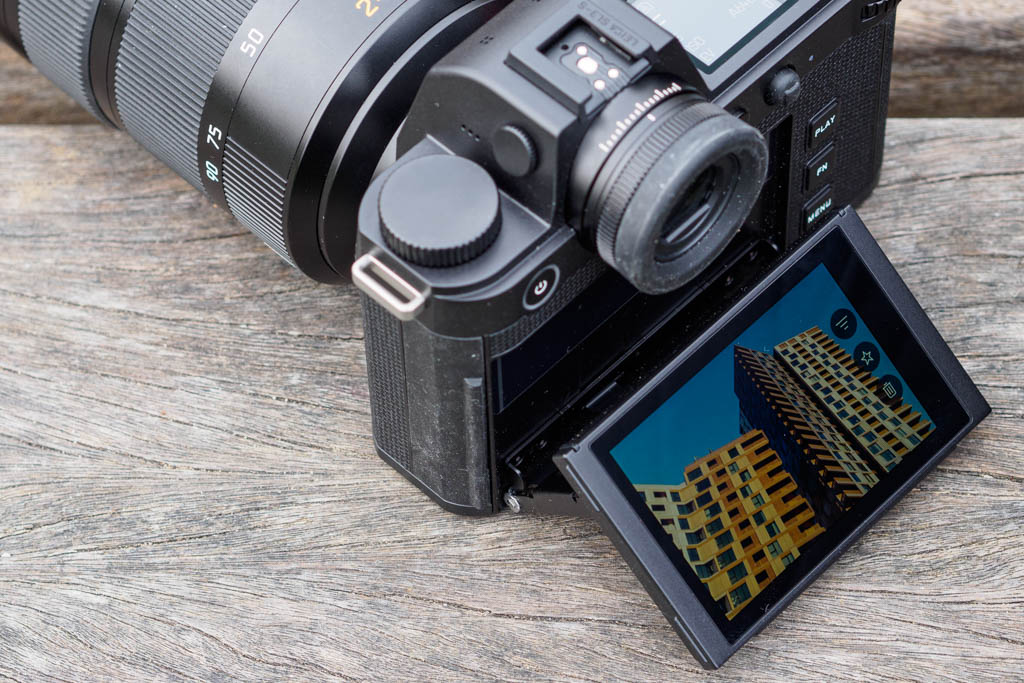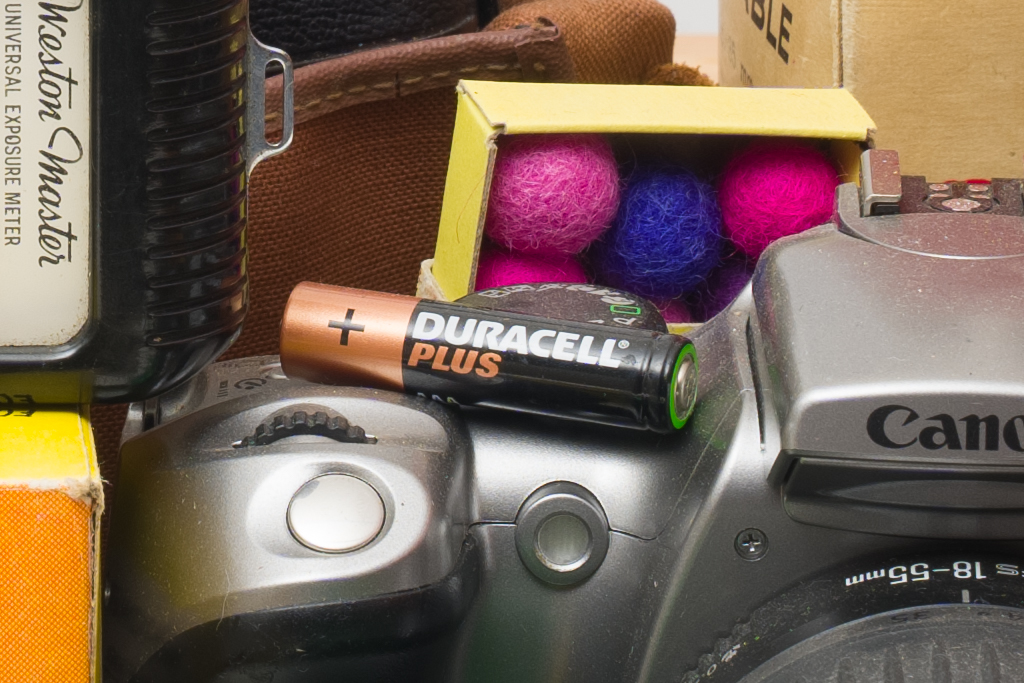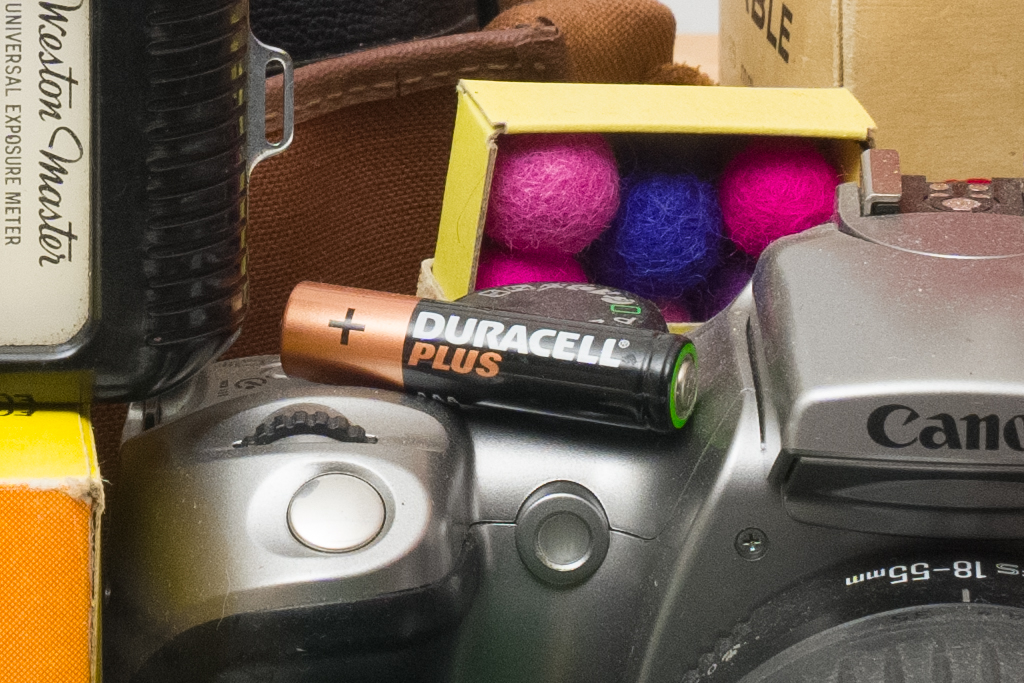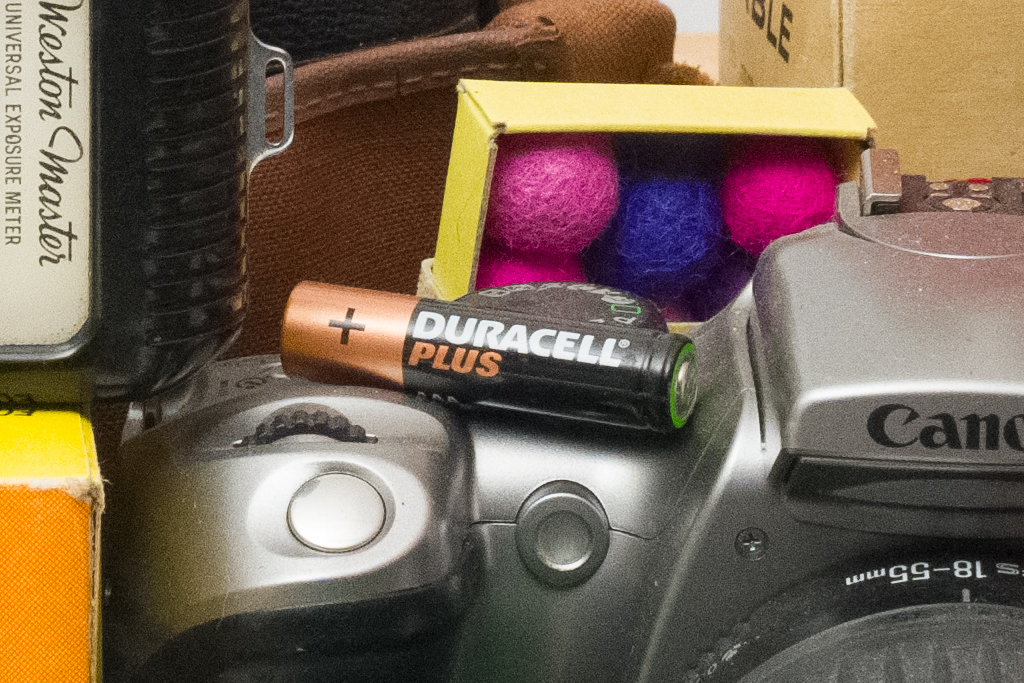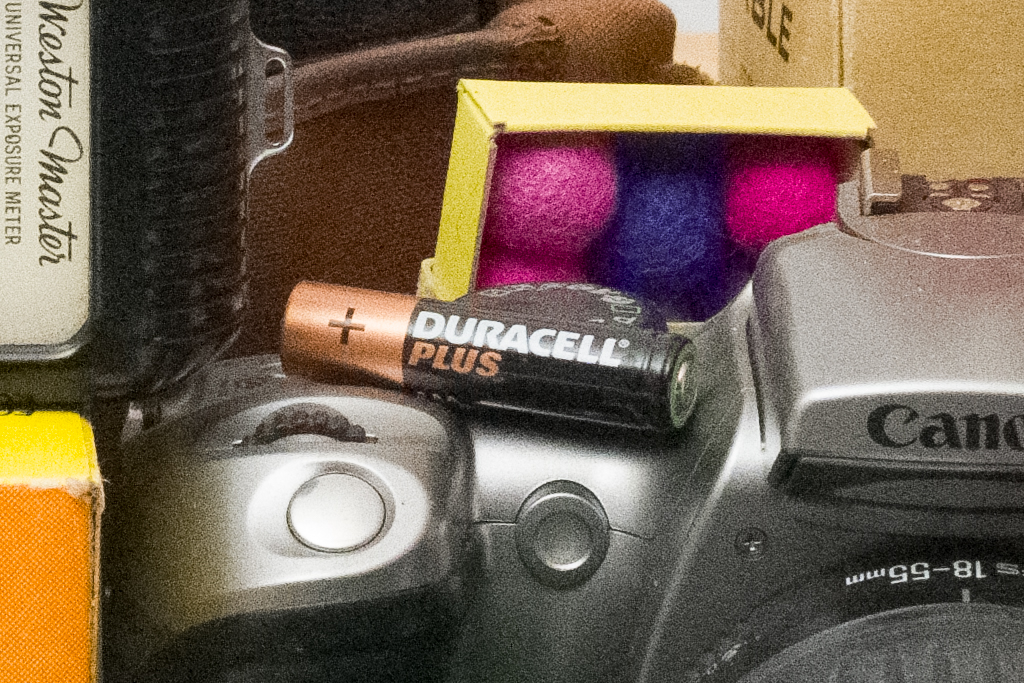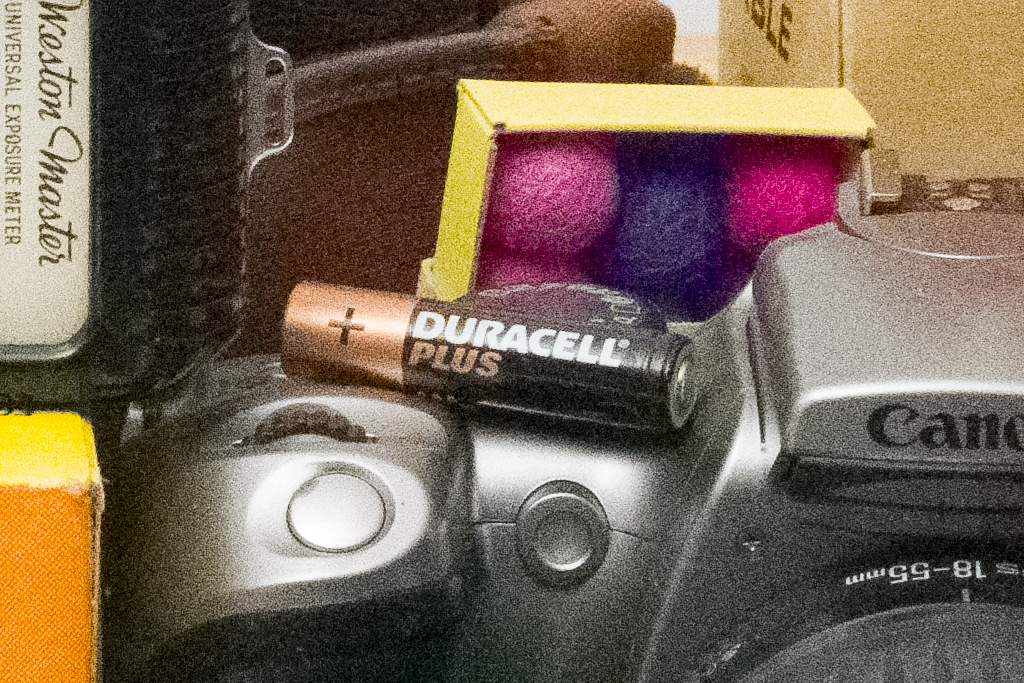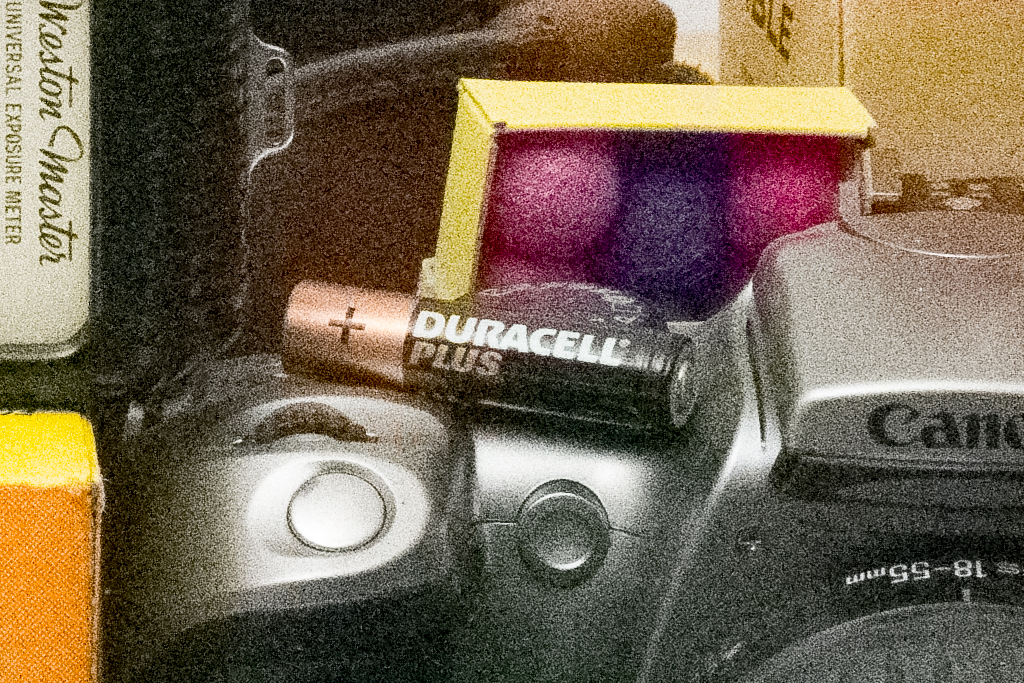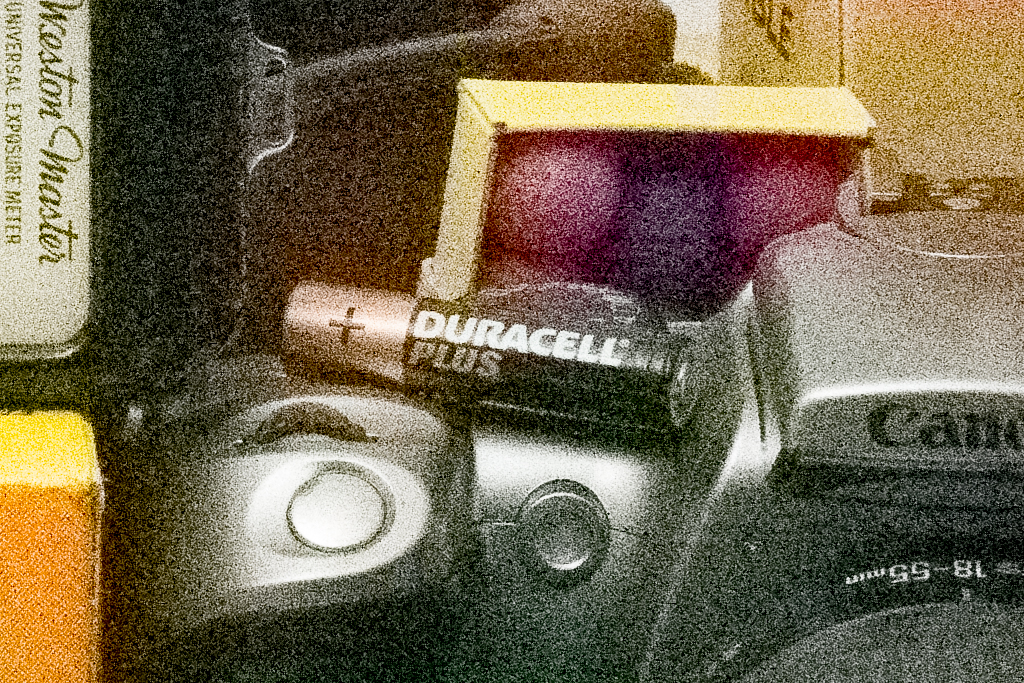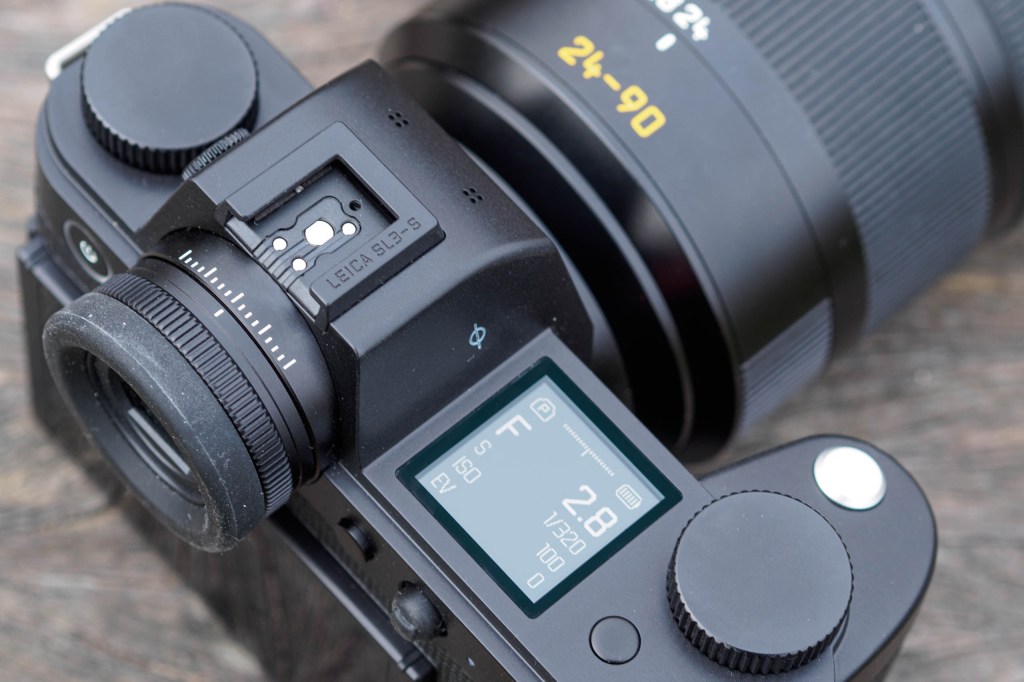Amateur Photographer verdict
The Leica SL3-S offers a good combination of photo and video features in an extremely robust body. Its user interface is excellent and Leica Looks provide some nice creative options. But it’s pricey.- Exceptionally robust build
- Clear, straightforward user interface
- Supports creative Leica Looks
- Built-in Content Credentials support
- Mediocre battery life
- Screen only tilts up and down
- Awkwardly placed ISO dial
- No live view during continuous shooting
- Massive price premium over similarly-specified models
Introduced at the start of 2025, the Leica SL3-S is a high-end full-frame mirrorless camera that’s primarily designed for professional photographers shooting both stills and video. It shares its design with the 60MP SL3, but like the SL2-S that it replaces in Leica’s line-up, it employs a 24MP sensor instead. This brings enhanced video features and continuous shooting at up to 30 frames per second, making it the fastest Leica camera yet.
Leica SL3-S at a glance:
- $5300 / £4500 body-only
- 24MP BSI-CMOS
- 100-100,000 (standard)
- Up to 30fps continuous shooting
- 5.76m-dot, 0.76x viewfinder
- 3.2in, 2.3m-dot tilt touchscreen
- 5-axis in-body image stabilisation, 5 stops 6K open gate 30fps; 4K 60fps; Full HD 120fps
Like its Leica SL3 sibling, though, the SL3-S commands a significant price premium over similarly specified rivals. Indeed at $5300 / £4500 body-only, it costs roughly twice as much as the likes of the Canon EOS R6 Mark II, Nikon Z6III, Panasonic Lumix S5IIX and Sony Alpha A7 IV. That’s particularly notable when you consider the fact that, thanks to Leica and Panasonic’s ‘L2’ cooperation, the SL3-S shares much of its technology with the Lumix S5IIX.
This disparity reflects the fact that Leica can’t compete with the larger Japanese makers on price (and indeed, actively chooses not to). So instead, it aims to build cameras that stand out in terms of design and reliability. As a result, the SL3-S boasts the kind of build quality that I’m almost contractually obliged to call “bombproof”, along with a highly refined user interface. But is this enough to justify its sky-high price?
Features
While the SL3-S employs a 24MP BSI-CMOS full-frame sensor like its predecessor, it’s not exactly the same unit. Most importantly, it now includes phase detection for autofocus, which should give better performance with moving subjects. It also provides a broader range of sensitivity settings, covering ISO 50-200,000.
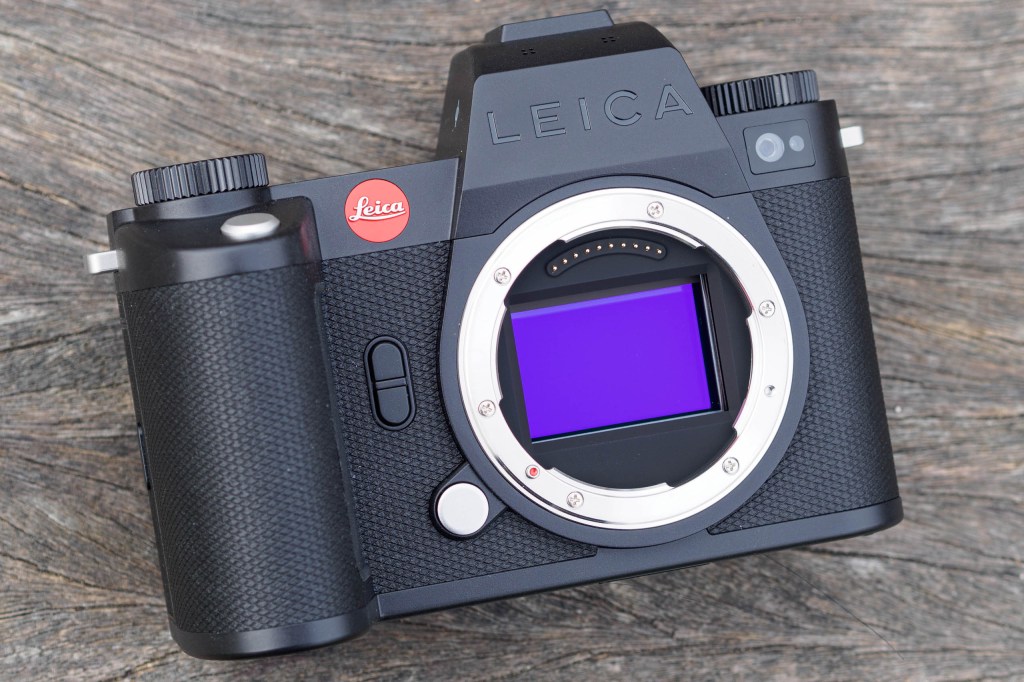
Subject recognition is on board, too, thanks to the Maestro 4 processor that’s built using L2 technology. But it’s not especially sophisticated compared to competing cameras, offering only eye/face/body detection for humans, plus animal detection. However, it should again count as a real improvement over the SL2-S.
Continuous shooting is available at an impressive 30fps complete with continuous autofocus. However, this requires using the electronic shutter, which can be subject to rolling shutter distortion, and shooting in 12-bit raw. Switch to the mechanical shutter and the speed drops to 7fps in 12-bit raw, or 5fps if you want to use 14-bit raw for maximum dynamic range. Uniquely, Leica shows you clearly what you’re getting at each shooting speed, to help you chose the best option for any given situation.
In-body image stabilisation is built-in, and rated for up to 5 stops of shake reduction when shooting hand-held. Naturally, this works seamlessly with native L-mount lenses, but it’s also set up for adapted manual-focus lenses. To this end, the camera includes an extensive list of Leica M and R lenses that you can choose between, while with third-party lenses, you can specify a focal length manually.
Leica has also included 48MP and 96MP multi-shot modes, with both hand-held and tripod-based options included. These are based on Panasonic technology, which means that unlike many other brands, they should be genuinely usable. Aside from anything else, they generate a composite raw file in-camera, with the option to record a single-shot file alongside.
The SL3-S also becomes Leica’s second camera to support Content Credentials image verification, following on from the M11-P. This means that it can attach temper-proof metadata to image files, either JPEG or raw, according to standards established by the Content Authority Initiative (CAI). The providence of images can then be checked using free online tools. This probably isn’t a feature that enthusiast photographers need, but it may significantly increase the SL3-S’s attractiveness to professionals.
Leica has included some impressive video specs, too, including 6K recording at 30fps, 4K at 60fps, and FullHD at 120fps. It’s possible to record 6K video using the sensor’s full 3:2 aspect ratio – so-called ‘open gate’ recoding – and then crop to different aspect ratios in post-processing. In principle, this allows the production of 4K videos in both horizontal and vertical formats from the same raw footage, for example.
Other high-end video features include internal ProRes 4:2:2 HQ recording at either 5.8K 30fps or C4K 60fps, which requires use of a CFexpress type B card. It’s also possible to output HDMI-RAW at 5.9K 30fps to an external recorder. Another useful option that’s surprisingly rare is direct recording to a USB-C SSD.
You get all the expected connectivity options via built-in Bluetooth and Wi-Fi, including image sharing and camera remote control, using the Leica Fotos app. If you own an iPhone, it’s also possible to use a wired connection via USB-C, for increased speed and reliability. Camera-to-cloud support via frame.io is promised during the course of 2025.
The Leica Fotos app also brings support for Leica Looks. These are more stylised and interesting JPEG colour profiles compared to the rather uninspired options that come pre-installed on the camera. Currently you get a relatively small selection, named Brass, Chrome, Eternal, Contemporary, Classic, Blue, Selenium, and Sepia. You can browse through them in the app and transfer the ones you like to the camera – or indeed, just install the whole lot.
Leica SL3-S: Key features
- Tilt screen: The 3in, 2.1m-dot touchscreen tilts up and down, but there’s no additional hinge for portrait-format shooting.
- File storage: Leica has included two card slots, one for CFexpress Type B and the other for UHS-II SD. They can be used either simultaneously or sequentially, or you can record raw to CFe and JPEG to SD.
- Power: The BP-SCL6 battery is rated for 315 shots by CIPA standard tests. It can be recharged in-camera via the USB-C port.
- Connectors: On the left side, beneath chunky rubber covers, you’ll find USB-C, full-size HDMI, and 3.5mm stereo microphone and headphone ports. The latter two are both compatible with Leica’s RC-SCL6 cable release (£90).
- Top screen: A top-plate LCD display shows your key settings at a glance, including exposure mode, shutter speed, aperture, ISO, and exposure compensation.
- L-mount: There’s now a good range of designed-for-mirrorless full-frame L-mount autofocus lenses: 16 from Leica, 18 from Panasonic, and 30 from Sigma.
Build and Handling
Externally, the SL3-S is practically identical to the SL3. Indeed, the only obvious distinguishing feature is that the Leica logo on the front is black, rather than white. This is good news for videographers who wish to avoid annoying reflections, if perhaps slightly negated by the Leica red dot. Otherwise, though, the two cameras are operationally the same, so much of the following text is carried over from my Leica SL3 review.
Design-wise, the SL3 uses a chunky SLR-shaped body that feels exceptionally robust, with an IP54 rating indicating protection against dust and water sprayed from any direction. It’s a pretty hefty beast, though, at 141.2 x 108.1 x 84.6mm and 850g. The handgrip isn’t as sculpted as those on its competitors, but it’s still reasonably comfortable to hold.
Leica’s design philosophy is distinctly different to other brands. Pro-spec cameras are usually covered with dials and buttons, but the SL3-S is strikingly simpler and more pared back. Rather than having dedicated controls for every setting, programmable buttons dotted around the body can be configured to suit the user’s needs.
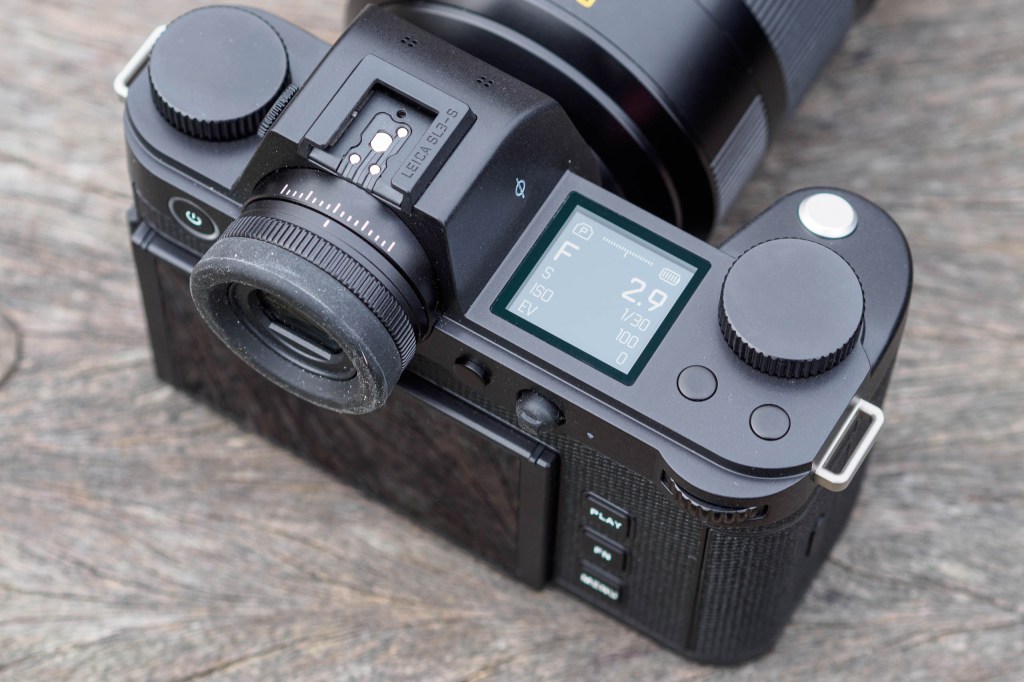
You get three large control dials for changing exposure settings, plus a joystick for moving the focus point and changing settings. Two of these dials are placed under your right forefinger and thumb, and used to change the shutter speed, aperture, and exposure compensation. Another dial on the top left sets the ISO.
Unfortunately, though, the ISO dial is rather inconveniently positioned, as you have to shift your left hand from underneath the lens every time you want to make an adjustment. This gets very awkward with heavier lenses.
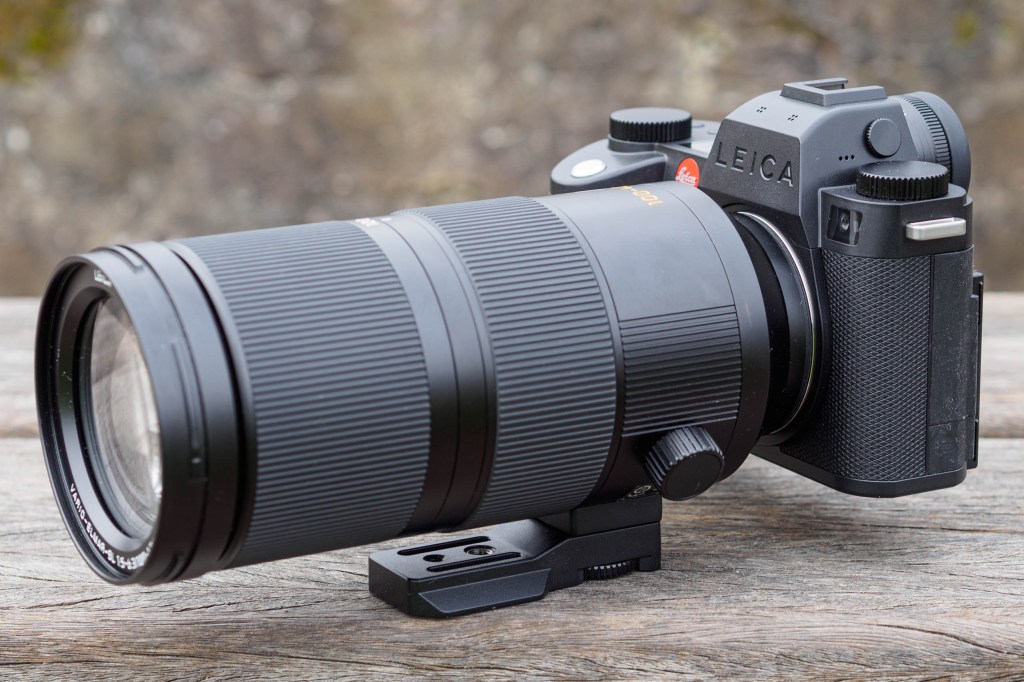
Leica has, however, provided an unusually neat way of engaging and disengaging Auto ISO. Spinning the ISO dial past its lowest ISO 50 setting brings up the option to switch to Auto ISO, using either the joystick or rear dial. You can change back to manual ISO setting in a similar way.
There’s no conventional mode dial; instead, clicking the rear dial inwards allows you to spin through the PASM quartet. Rear controls are extremely sparse, with just a column of three buttons (Play, Fn, and Menu) on the right-hand side of the screen, plus an unmarked function button between the joystick and viewfinder.
Instead of a conventional power switch, there’s a push-button control, with a glowing ring around its edge to indicate the camera’s status. This is white in normal use, lights up red to highlight an error (for example, when you don’t have a memory card installed), flashes green during charging, and then goes green when the battery is fully charged. It’s a real improvement over the tiny charging LEDs used by other brands.
Both the main dials and the AF joystick fall nicely to hand while you’re shooting. One irritation, though, is that you can’t re-centre the focus point by clicking the joystick inwards, as on most cameras, but have to use a custom button instead. Pressing-in the joystick activates autofocus or autoexposure lock, and in a welcome improvement over how the SL3 originally worked, it can also act as AF-ON with continuous AF. Just be aware that in this mode, the shutter button no longer activates autofocus at all.
Two function buttons placed on the front of the camera are easy enough to reach, while the one beside the viewfinder required a slight stretch of my right thumb to operate. However, the other two are placed behind the top control dial, which means they can only be operated with a significant shift in your grip. I guess that’s fine if you assign them functions you want to be able to access reasonably quickly, but not on a shot-by-shot basis.
Leica has clearly spent a lot of time refining the onscreen interface to make it easy to use, especially via the touchscreen. Touch points are nicely spaced out, and the onscreen status icons are all pretty clear. In a particularly neat touch, tapping any of these icons allows you to change the setting it represents, which is even quicker and more convenient than a conventional Q menu.
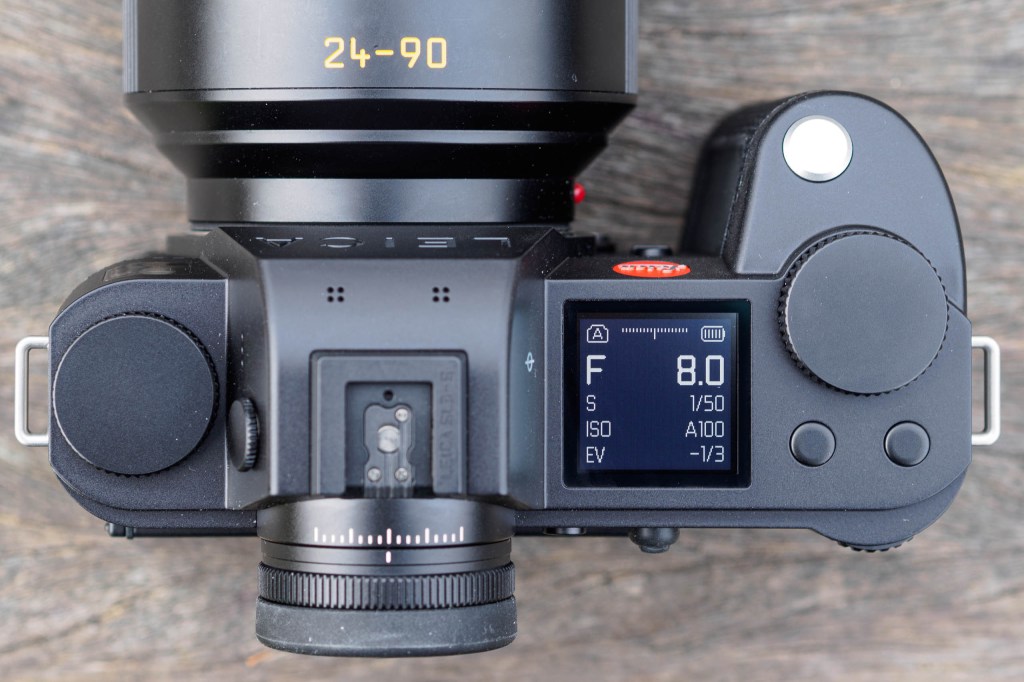
Personally, I think the SL3-S works best when you exploit its User Profiles to save camera setups for different kinds of subjects. These can store different combinations of settings and custom button assignments, and be given meaningful names so you know what they’re all set up to do. So you could have setups called ‘portraits’, ‘action’, ‘landscape’ and so on, all saved for quick access.
It’s a similar situation for video, although here profiles are used to store recording setups, including such things as file format, resolution, frame rate, bit-rate, and the output medium. Building a video profile is a slightly odd process, though, as the camera will happily override previously-specified options if you select another one that conflicts with them. It’s possible to lock settings to prevent this, but you have to remember to do that for every selection you make.
Viewfinder and screen
Leica has used an excellent electronic viewfinder, with 5.76m-dot resolution, 0.76x magnification, and 120fps refresh rate. It’s bright and detailed, giving a clear view all the way into the corners. Detailed exposure information is overlaid on black bars above and below the preview image, and the entire interface rotates when you turn the camera through 90° for portrait format shooting.
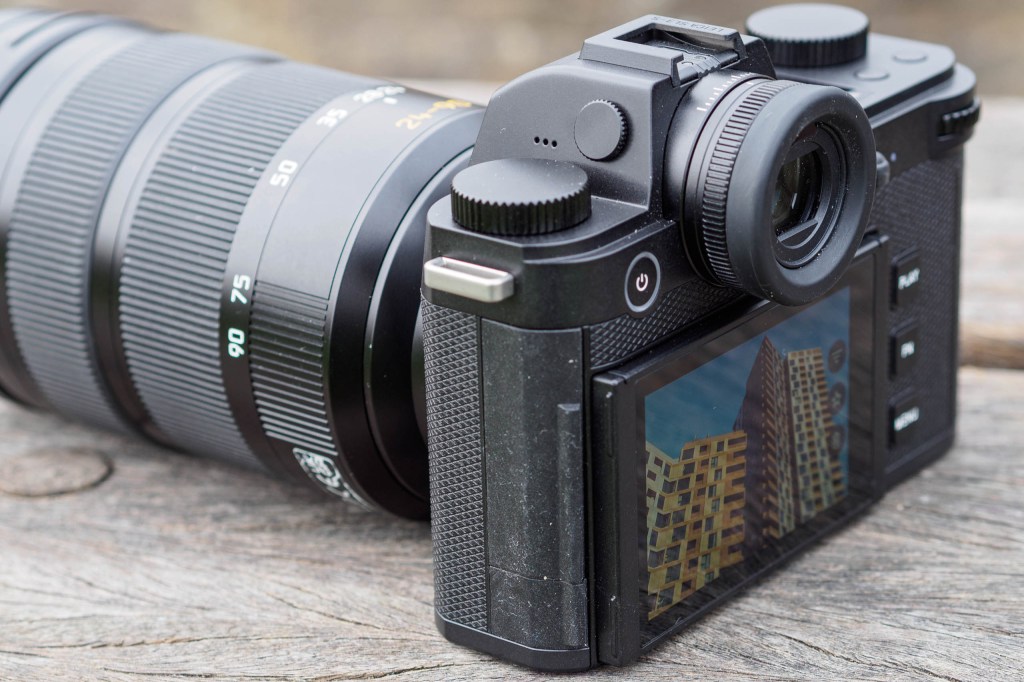
Likewise, the rear LCD screen is also very good indeed, measuring 3.2in diagonally and boasting 2.3m-dot resolution. But while it’s welcome to see Leica finally adopt a tilting mechanism, which feels particularly robust, it’s a shame you don’t get a third hinge for portrait-format shooting. This limits its usefulness to shooting in landscape format only, which feels distinctly out of date.
Leica previews colour and white balance, along with exposure over a +/-3EV range. In the default setup, there’s no depth-of-field preview at all, but you can assign this to a custom button – I used one of the two on the front of the body. Unusually, a second press of the same button will preview any blurring effect of the shutter speed, which can be very useful for visualising long exposures.
There’s a good set of exposure and compositional aids on offer, including gridlines, a live histogram, electronic levels, focus peaking, and blinking highlights to warn of possible clipping. Helpfully, you can define four ‘Info Profiles’ with any combinations of these you choose, and then cycle through them using the FN button on the back of the camera.
Autofocus
If there’s one area where Leica has clearly benefited from its L2 technology partnership with Panasonic, it’s autofocus. The firm’s older mirrorless models relied on contrast detection AF, which works very well for static subjects. But like the Q3 and SL3 before it, the SL3-S now gains on-sensor phase detection, which transforms its ability to follow those that move.

Click on any sample image to see the full-resolution version
You get a limited degree of subject detection, with the camera able to recognise and track people much more effectively than before. Animal detection is also available, but labelled ‘Beta’ (in firmware 1.9.0). Other cameras can recognise a wider range of subjects, including vehicles.
Subject detection is selected from the same sub-menu as the various AF area options (multi-field, spot, field, and zone) and the conventional tracking mode. I think this makes a lot of sense in terms of usability, as it means they can all be accessed using a single custom button.When the camera recognises a subject, it’ll be outlined in green, with alternative options shown in yellow. You can then select between them using the joystick.
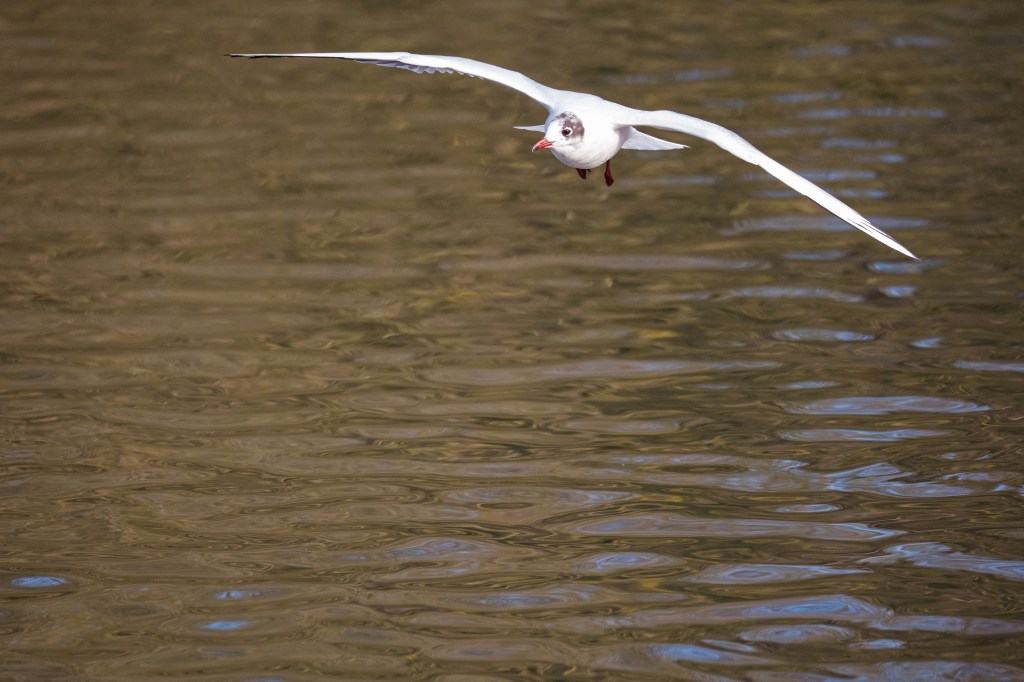
In practice, subject detection does a good job of recognising both humans and animals, and then tracking them as they move around the frame. That ‘Animals’ mode understands both mammals and birds, by the way, so you don’t have to put up with the irritatingly over-granular options used by some other brands. But it only understands the whole body and can’t home in more finely on the head or eyes.
I tested the autofocus photographing local wildlife, primarily using the Leica Vario-Elmar-SL 100-400mm F5-6.3 telezoom lens. I don’t think it’s quite as good the best 24MP cameras, such as the Nikon Z6III or the Canon EOS R6 Mark II, in terms of how quickly it acquires focus or the yield of perfectly sharp shots. But the SL3-3 still acquitted itself pretty well, and will certainly make your life easier compared to cameras that don’t have subject detection. It may well also work better with a larger-aperture lens, such as the 70-200mm f/2.8.
Performance
In real-world use, the Leica SL3-S is every bit as refined as you’d expect for a camera at this level. It responds instantly to both the physical controls and the touchscreen, and once you’ve got used to how it works, it never gets in the way of you shooting.

Like most current models, it’s also reasonably quiet. The shutter sound is soft and discreet, which means it shouldn’t attract unwanted attention. It can be completely silent in electronic shutter mode, but then it can be susceptible to rolling shutter distortion if the camera or subject is moving.
When it comes to continuous shooting, that headline 30fps speed is certainly very impressive, and it comes with a massive buffer of 180 frames when shooting in raw. But it requires the electronic shutter, so again, you can get distortion if, for example, you pan the camera. Disconcertingly, though, the camera doesn’t provide any real visual feedback in the viewfinder to confirm when it’s shooting with the electronic shutter – other brands employ a flickering frame. This means you can easily fire off large bursts of frames whilst wondering whether the camera is doing anything at all.
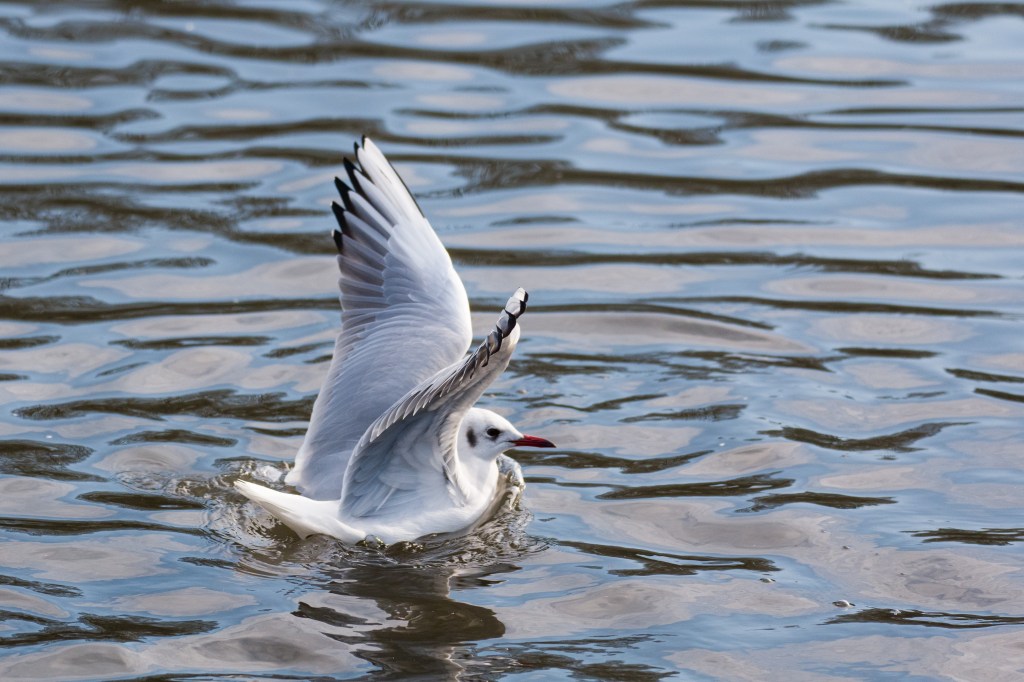
Perhaps the biggest problem with the SL3-S when shooting moving subjects, though, comes with live view between frames, or more specifically, the lack of it at any speed except the slowest 2fps option. Instead, the camera plays back the frames you’ve just shot in the viewfinder, to give some indication of what’s going on. This is fine with static subjects, or those that move along a clearly defined path, such as trains. But it means that it’s almost impossible to keep track of those that move erratically, like birds in flight.
Another real weakness comes with battery life, which is rated for just 315 shots per charge according to CIPA-standard tests. This was reflected in my time using the camera – the battery drains unusually quickly, especially when you’re just taking occasional photos and leaving the camera to drop into standby in between. As a result, I found myself topping it up at every opportunity. You’ll probably want to pick up a spare or two, and they’re not cheap, at $200 / £155 each.
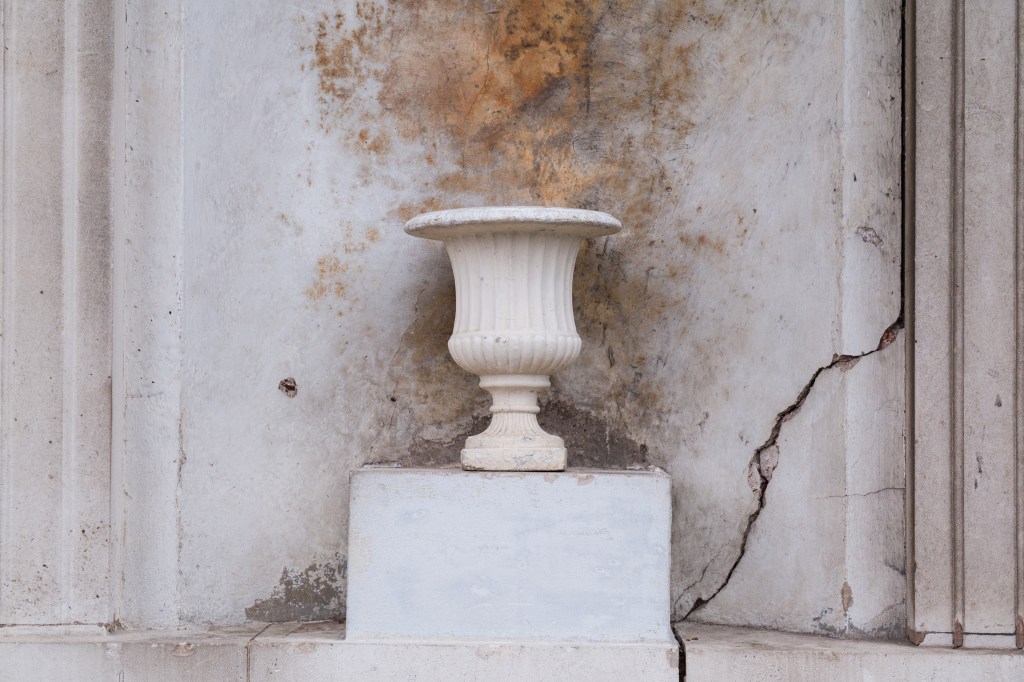
Metering is generally dependable, and it’s very easy to see in the viewfinder when you may need to dial in some exposure compensation to brighten or darken your image. Auto white balance is reliable too, although it can err a bit too much towards over-neutralisation for my tastes, especially in overcast conditions. I often preferred to warm things up in raw processing.
Image stabilisation is broadly on a par with other similar full-frame mirrorless models. Using the Leica Vario-Elmar-SL 28-90mm F2.8-4, I was able to get sharp hand-held shots at shutter speeds down to about a second. That’s handy for shooting in low light, or when you want to add creative motion blur to images.
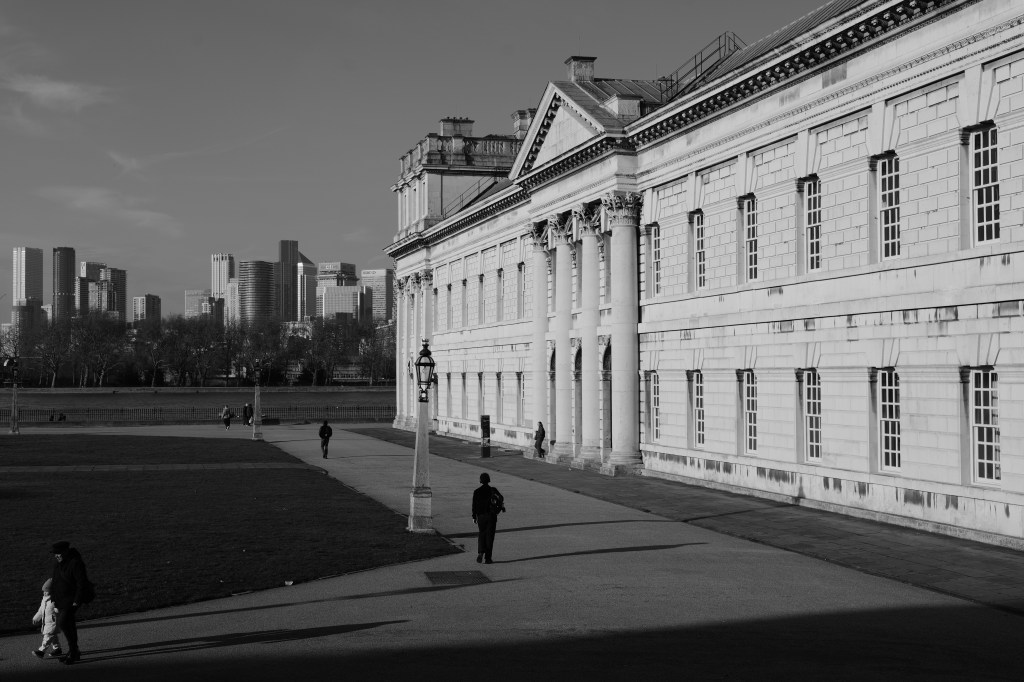
Leica’s in-camera colour processing is decidedly neutral, especially in its standard colour mode. You can get punchier colours by switching to Vivid, which I preferred for general shooting. I also particularly like the Monochrome High Contrast setting.
The various Leica Looks are certainly worth a try. They’re very much in line with the current fashion for ‘Film Simulations’, with the colour ones boosting the contrast and tweaking the tint and saturation for more stylised results. For example, ‘Eternal’ gives a very contrasty, saturated look, while the monochrome options bring relatively subtle and tasteful toning.
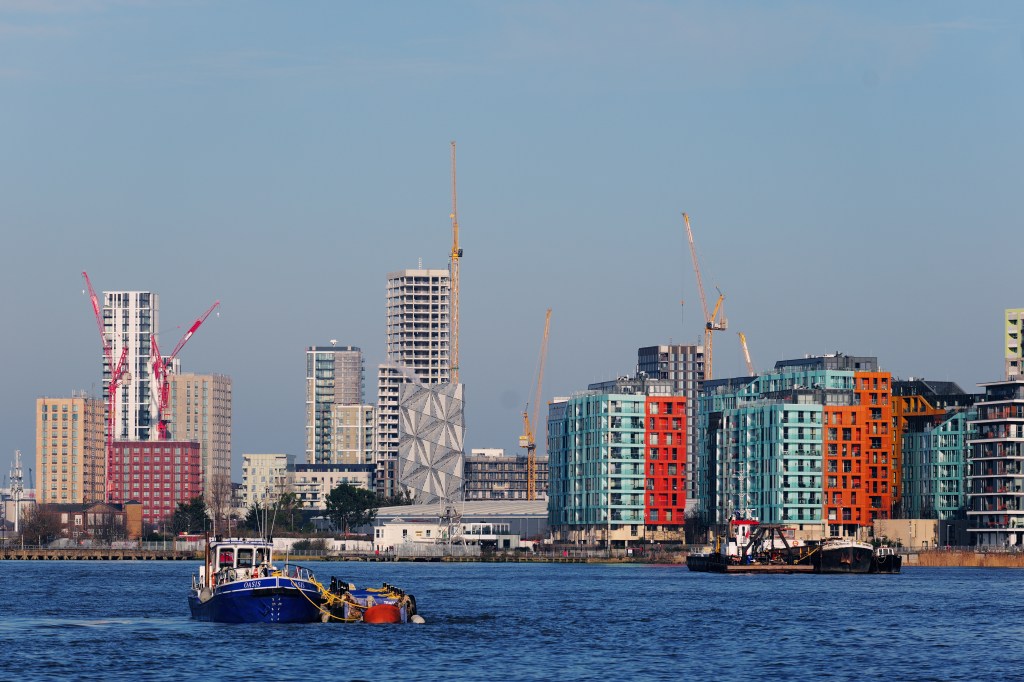
Overall, though, I was happiest with the results I got from shooting and processing raw files. We’ve seen this kind of 24MP full-frame sensor many times before, of course, including in the SL2-S. At low ISOs, it delivers good levels of detail and impressive dynamic range, with at least four additional stops of shadow detail recoverable from ISO 100 raw files. Meanwhile, noise is kept well under control at settings up to ISO 25,000 at least.
It’s worth noting, though, that Adobe software (both Lightroom and Camera Raw) gives a particularly neutral start point when processing Leica’s DNG files. So perhaps more so than usual, it pays to play with all the adjustment sliders to get more attractive results. I habitually boosted the contrast, warmth, vibrance, saturation and clarity rather more than I would with other cameras.
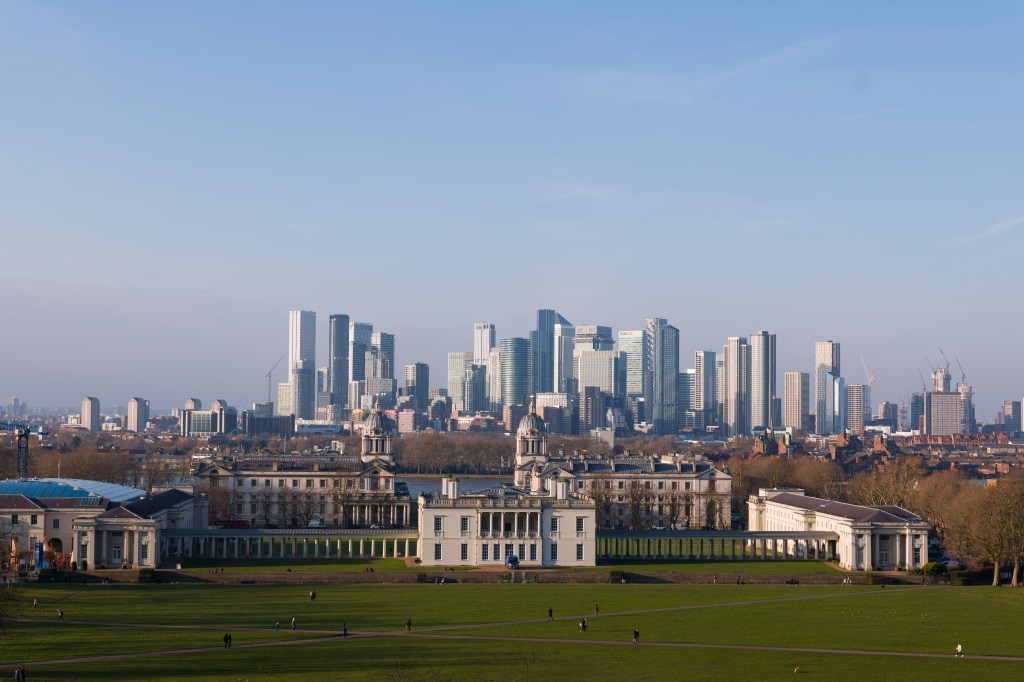
If you do occasionally need more than 24MP, then the high-resolution multi-shot mode works very well, in both its iterations. The camera takes perhaps 10 seconds to generate a composite raw file in-camera, but I’d rather had that minor inconvenience than have to create one on a computer after shooting.
The tripod-based pixel-shift version does a great job of mimicking a much higher-resolution sensor, even in complex scenes with plenty of movement between frames, which is where most such modes fail. Meanwhile, the hand-held version doesn’t quite tease out so much extra detail, but it’s often more practical, and again it’s impressively free of artefacts.
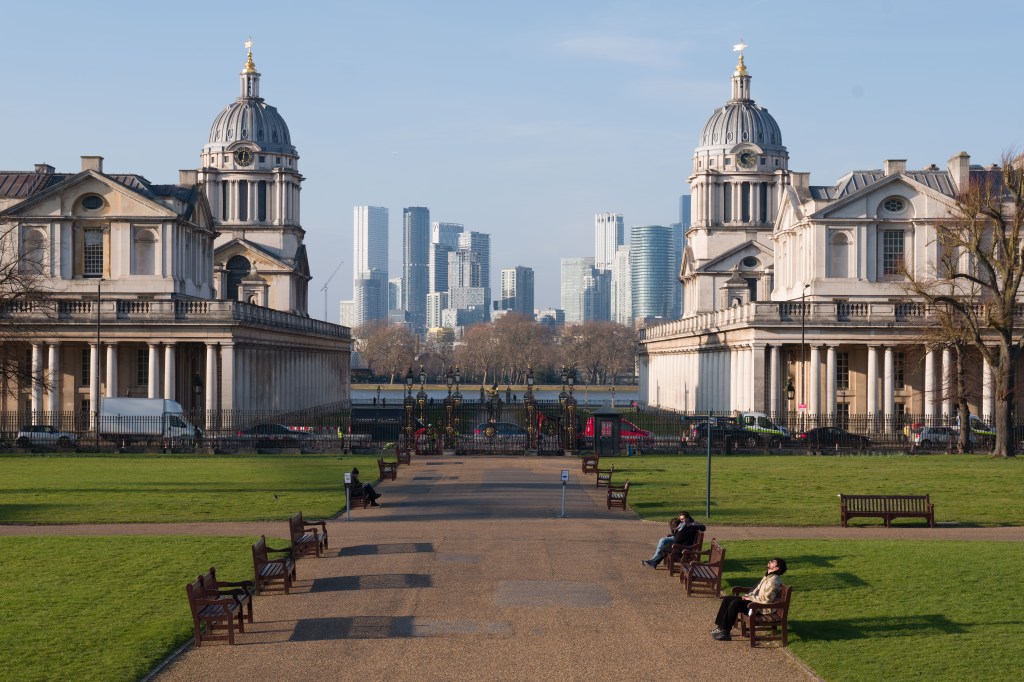
There is one irritation here, though, which is inherited from Panasonic. Both multi-shot modes are covered by a single selection in the drive mode menu, and you have to dive into a separate menu to choose which one you want at any given time. They also share the same settings, which is infuriating as chances are you’ll probably want to program in a 2-second delay when using the tripod mode, to allow any vibrations to die down. But this will also be applied to the hand-held version, which you’ll want to shoot instantly.
ISO and Noise
In terms of image quality, the SL3-S delivers results that are very much in line with other 24MP full-frame cameras. Fine detail is retained very well up to about ISO 1600 or ISO 3200, but it then blurs away progressively due to noise, and has essentially all gone by ISO 12,500.
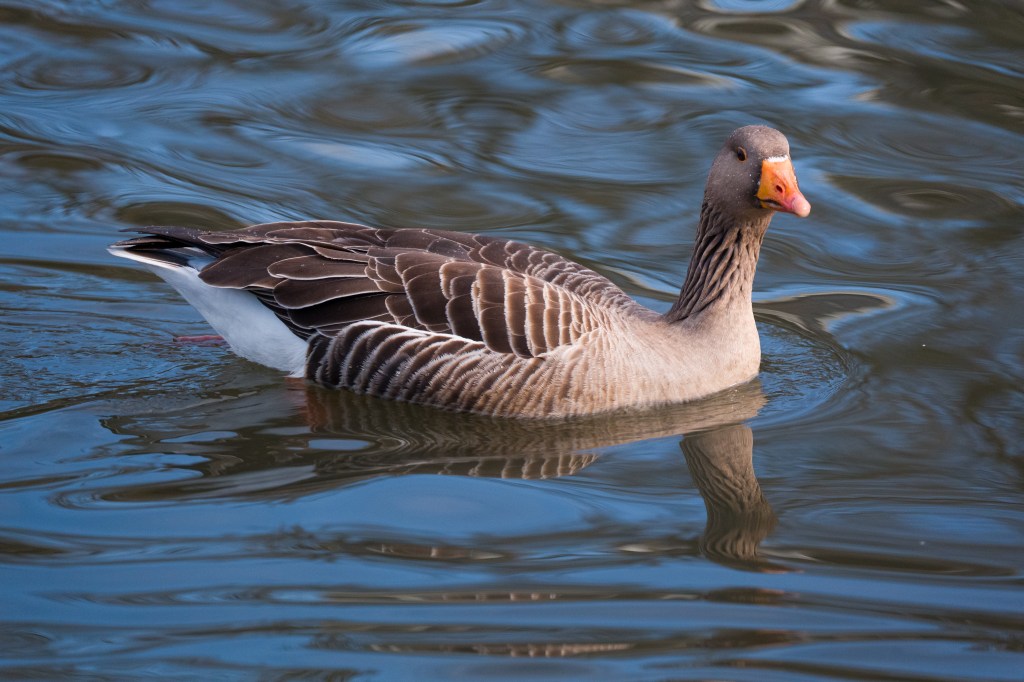
Beyond this noise has an increasing impact on shadow detail and colour saturation, with ISO 25000 being the highest I’d willingly use with conventional noise reduction. You could go a stop higher with AI denoising, or possibly even two when necessary. But there’s no rescuing ISO 200,000.
Below are 100% crops at various ISOs from our standard studio, shot in raw and processed using Adobe Camera Raw at default settings. Click on any thumbnail to see the full-size image.
Leica SL3-S: Our Verdict
Usually, I have a lot of time for Leica cameras. Yes, they’re expensive, but they often bring something unique to the table that you won’t get from more mainstream brands. Things are more problematic with the SL3-S, though, as it’s especially difficult to see the value proposition, except for very niche purposes.
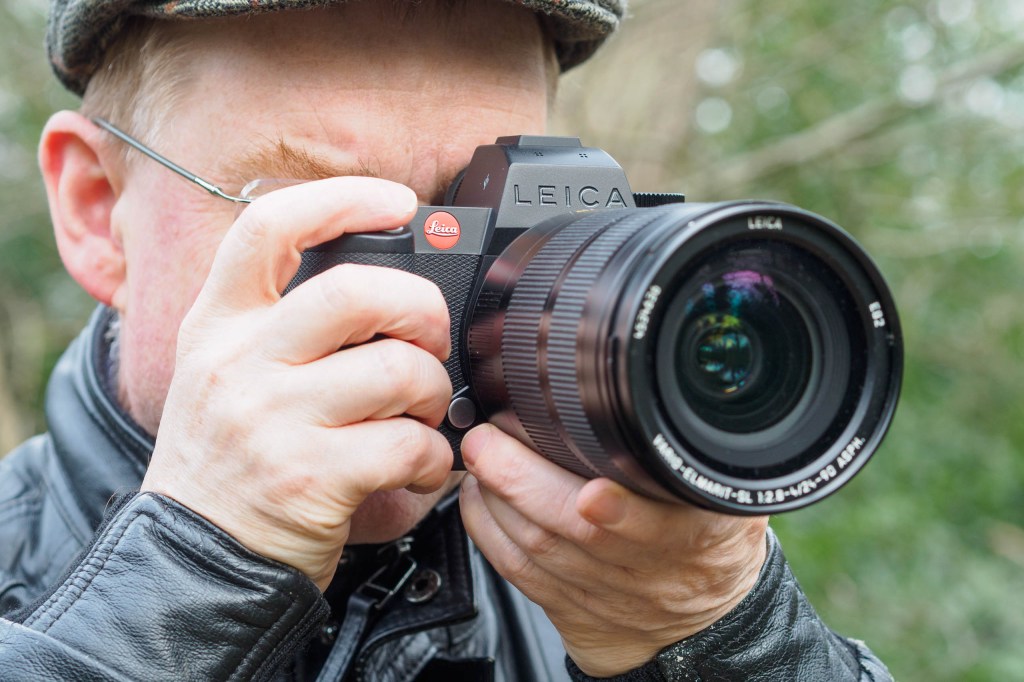
That’s not to say the SL3-S isn’t an impressively capable camera. But the problem is that rivals like the Canon EOS R6 Mark II and Nikon Z6III are just as good, and in some ways even better, yet cost a great deal less money. And if you specifically want the SL3-S’s advanced video feature set, you can get broadly the same thing on the Lumix S5IIX. Alternatively, you can buy vastly capable high-resolution cameras like the Canon EOS R5 Mark II or Nikon Z8 for similar money to the SL3-S.
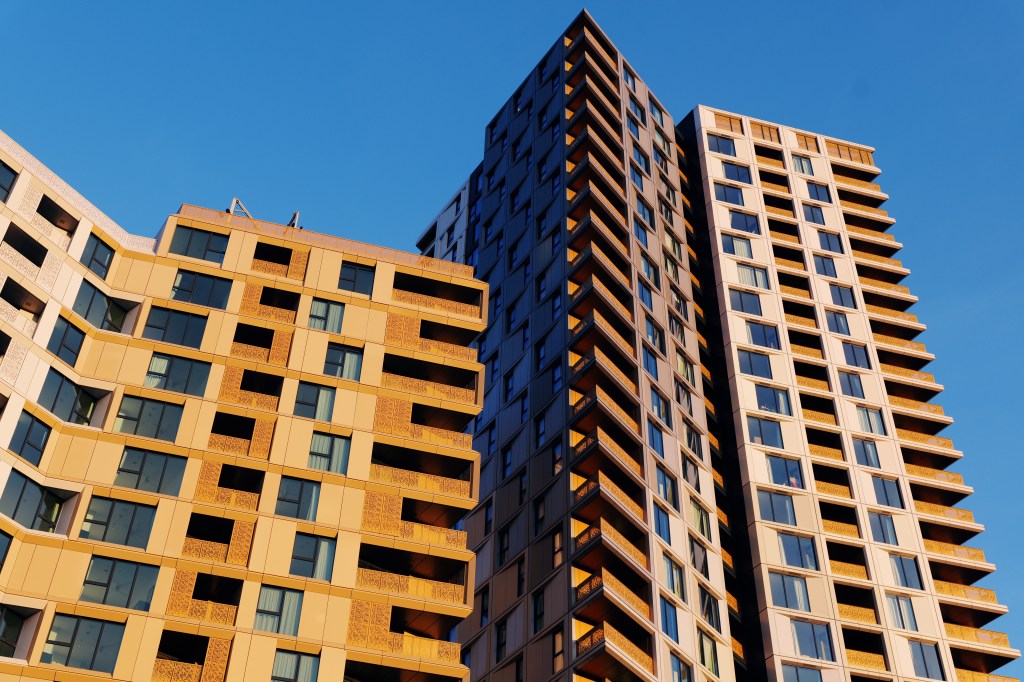
Essentially, as with the SL3, Leica is asking for a two-grand premium over similarly specified models for its build quality and user interface. But psychologically, this feels like a much bigger barrier when it represents doubling the price, rather than increasing it by 50%. For some professional photojournalists, the SL3-S’s Content Credentials feature may be worth having. But it’s difficult to see how it can make sense for anybody else.
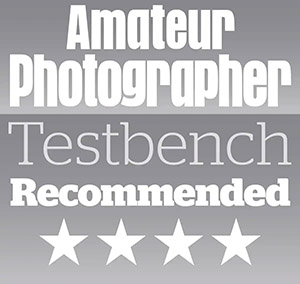
Follow AP on Facebook, X, Instagram, YouTube and TikTok.
Leica SL3-S: Full specifications
| Sensor | 24.6MP BSI-CMOS, 36 x 24mm |
| Output size | 6000 x 4000 |
| Focal length mag | 1x |
| Lens mount | L mount |
| Shutter speeds | 30min – 1/8000sec (mechanical), 60sec – 1/16000sec (electronic) |
| Sensitivity | ISO 100-100,000 (standard), ISO 50-200,000 (extended) |
| Exposure modes | PASM |
| Metering | Spot, centre-weighted, highlight, multi |
| Exposure comp | +/-3 EV on 0.3 EV steps |
| Continuous shooting | Up to 7fps (mechanical), 30fps (electronic) |
| Screen | 3.2in, 2.3m-dot tilting touchscreen |
| Viewfinder | 5.76m-dot, 0.76x magnification |
| AF points | 779 |
| Video | 6K 30p; C4K 60p; Full HD 120p |
| External mic | 3.5mm stereo |
| Memory card | 1x CFexpress Type B, 1x UHS-II SD |
| Power | BP-SCL6 Li-ion |
| Battery life | 315 shots (CIPA standard) |
| Dimensions | 141.2 x 108.1 x 84.6mm |
| Weight | Approx 852g including battery |

